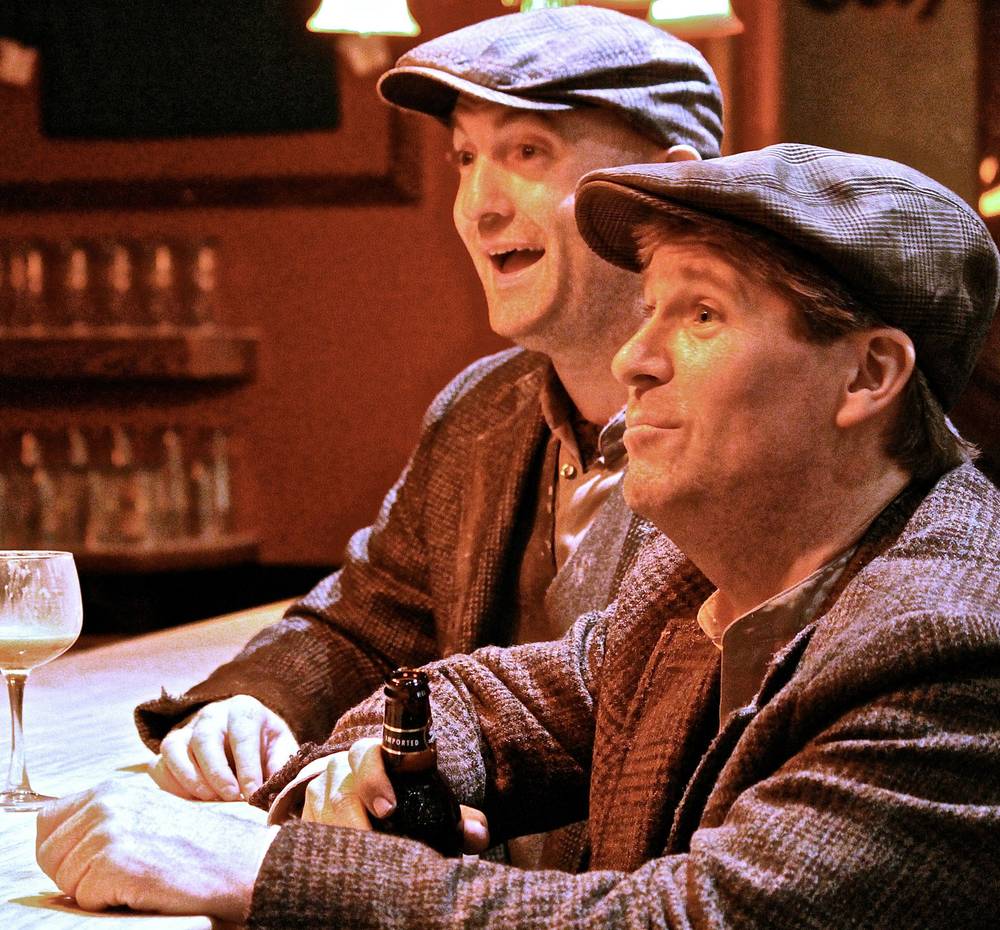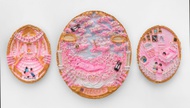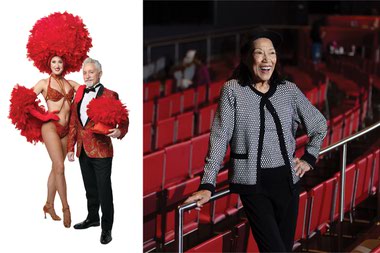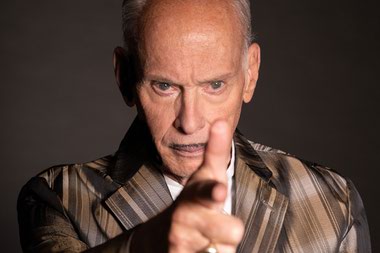
Stones in His Pockets Through August 9, dates & times vary, free. McMullan's Irish Pub, 4650 W. Tropicana Ave., #110, bntofa.com.
Near the end of the play Stones in His Pockets by Marie Jones, there’s a moment when two Irishmen approach a film director with a script. They’ve been playing extras in a big-budget historical drama filming in their “quaint” Irish town, and as they pitch their decidedly depressing idea, the director keeps trying to change the story to make it more palatable for Hollywood, eventually turning them down. What happens next is a beautiful, startling affirmation about the redemptive power of stories that reappropriate the Hollywood happy ending for a non-traditional, dispossessed set of characters. Hijacking that narrative is a heady experience, and so is the British National Theatre of America’s production of Stones.
Stones follows a legion of actors, extras, crew and hangers-on as they make a movie, and two actors play all the parts. This could be deadly confusing, but thanks to some crisp acting from Miles Coleman and Jeff Tribbitt, it all makes sense. Each character is sharply drawn, and watching the two actors work through a horde of characters with dexterity—keeping traits, accents and relationships intact—is a great deal of fun. A sequence when Jake (Coleman) endures scrutiny from the director, assistant director, security guard and his friend just to have a 10-minute coffee with the female star of the film (all of whom are played by Tribbitt) is exceptional in its economy and skill. Coleman’s work as the extra Mickey (oldest surviving extra from The Quiet Man) and the troubled youth Sean is a great example of how broad character choices can lead to deeply truthful acting.
Director Troy Heard keeps the staging clear, signaling shifts in character and location through traditional means of prop work and blocking so that the accompanying video seems almost extraneous. Under his hand, the show visits some dark locations but finds the light as well. And Ashley Oblad deserves kudos for her choreography, which impressed even in its brevity. The decision to produce it in the back of McMullan’s Irish Pub was a stroke of brilliance, too, as the space lends deeper resonance to the story.
This play goes to some unusual territory before its triumphant end, and I’d gladly visit there again.








Previous Discussion: